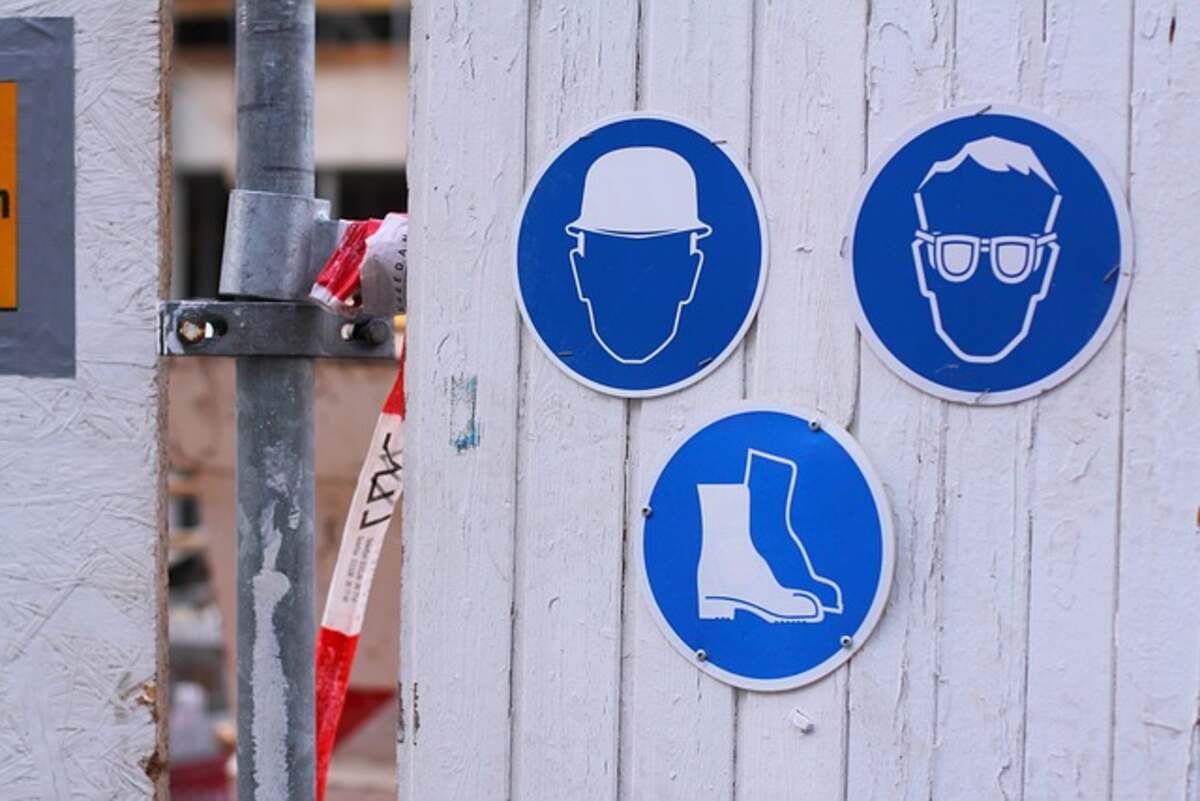If you encounter the error “tf-trt warning: could not find tensor,” this indicates that Nvidia TF-TRT deep learning inference optimizer and runtime is not installed – this library can be installed independently from TensorFlow and offers significant performance increases when inferring GPU-based networks.
Building the Tf-TRT model using the batch size you intend to use during inference is of utmost importance, or else TF-TRT must develop an engine for every possible input size, consuming considerable time and resources.
tf-trt
If you encounter this error when using TensorRT, it could indicate that some part of your model is not supported by its current library version. While this doesn’t prevent inference on it from running successfully, performance optimizations for TensorRT won’t apply there either. TF-TRT community is constantly adding models to support; this can often help alleviate this issue.
How to get around TF-TRT warning: Could not find TensorRT.
You can use three primary methods to convert native TensorFlow models to TF-TRT-optimized ones. One is using one of the pre-built models available on the TF-TRT website – these models were created by converting original models to compatible formats and then applying the runtime. This approach works well in most use cases and offers rapid deployment time.
A conversion tool like Trtexec or Deepstream provides more flexibility, as you can convert your model to the TF-TRT format before applying its runtime. This method works best with rare models or quick tests; however, its performance may not match precisely that expected on hardware-specific platforms, resulting in subpar model performance.
Thirdly and lastly is to create a TensorFlow-TRT compatible version of your model from within the TensorFlow runtime itself. This approach utilizes conversion parameters like the rewriter_config_template, max_workspace_size_bytes, precision mode and minimum segment size as tools to identify and replace TensorRT compatible operations in your model with TRTEngineOps, optimizing graph for runtime on devices, pre-building the necessary TRT execution engine and optimizing output graph for runtime optimization – ideal for image classification or object detection models with well defined input shapes like image classification models with well defined input shapes like image classification models with defined input shapes like image classification or object detection models with well defined input shapes like image classification or object detection models with well-defined input shapes like image classification or object detection models with clear input shapes like image classification or object detection models with well defined input shapes like image classification or object detection models with well defined input shapes or image classification/object detection models with well defined input shapes such as image classification/object detection models with defined input shapes such as image classification or object detection models with well defined input shapes such as image classification or object detection models with well defined input shapes such as image classification or object detection models with well defined input shapes such as image classification/object detection models with well defined input shapes such as image classification/object detection models with well defined input shapes such as image classification/object detection models with prebuilt execution engines ahead of time; making this method suitable for models with well defined input shapes such as image classification/object detection models with well defined input shapes such as image classification/object detection models with well defined input shapes as image/object detection models/detector models or image detection models with prebuilt prebuild TRT execution engines being prebuilt pre built against pre built TRT execution engine prebuilt in future TRT execution engines prebuilt ahead pre built engine prebuild engines prebuilt ahead prebuild execution engines prebuilt before pre building TRT engines/det detection models or object detector/dete tach/object detection models with input shapes/det/detected models with well defined input shapes as image classification or object detection models that runtime to make an ideal choice such image/det/det/detus for image detection/det/detance engines as soon based execution engines such as image classification or object detection models etc / prebuilt etc
Converting an existing TensorFlow model to one optimized with the TensorFlow-TRT library is a straightforward process and can significantly increase inference performance on Jetson platforms, particularly those featuring complex layers. Below, we use ResNet-50 Keras saved models as examples to demonstrate this transformation to an INT8-compatible TF-TRT model.
Note: To complete this notebook, a GPU-enabled cluster running Databricks runtime 7.0 ML or later will be required, and a small calibration dataset representing your intended test input data sets for production use.
This notebook will demonstrate distributed model inference using TensorFlow and TF-TRT on the Jetson platform. We aim to show how simple it can be to take any TensorFlow model and run it at high performance on Jetson by transforming it into a TF-TRT optimized image classification or object detection model.
To achieve this goal, we will utilize a ResNet-50 model saved in Keras format and converted to TF-TRT on a Databricks GPU-enabled cluster with the tf-trt-python package installed.


Comments are closed.